I wanted to see the real Cuba, not just the Cuba that visitors make a point of seeing. That’s the Cuba of classic 1950s American cars and astonishing architecture. The Malecón, the innumerable wrought iron fences, bicycles, and women smoking cigars. All those things are important to see, but I was more interested in what daily life was like for the average Cuban.
It is so easy for visitors to be distracted by the cars, the architecture, and the wrought iron artistry. That inadvertently blurs the everyday lives of the Cuban people into the background. What I wanted to see was the real Cuba, and that meant seeing the people first and foremost.
My first flight took me from Indianapolis International Airport to Miami International Airport. My second, to Frank País International Airport in Holguin, Cuba. I had arranged to travel to Cuba with a small travel company called Complete Cuba. It is based in Chicago, and owned by Keith Sbiral and Amy Gardner.
My other brother
I had met Keith and Amy through my brother-from-another-mother and Leica Camera-guru, Dan Tamarkin. Dan is a second-generation owner of Tamarkin Camera, one of America’s premier Leica Camera dealers, located in downtown Chicago.
Dan also happens to be one of the most entertaining human beings on earth to be around. Not to mention the best camera dealer one could ever dream of knowing. Dan partnered with Keith and Amy in leading a small group of mostly photographers to visit Cuba. Luckily for me, I was one of those photographers.
Gear that stands up to the test
I brought two cameras and two lenses with me: a Leica M240 rangefinder camera with a 28mm Summicron ASPH lens and a Leica M246 Monochrom rangefinder camera with a 50mm APO Summicron ASPH lens. I was a bit worried about how the gear might be handled during my customs experience, but all went well.
I could hardly wait to begin exploring. As a child growing up in rural Indiana in the mid-1950s, the iconic American cars of that era had been my first subjects. And now I knew at this moment I had an opportunity to see them again.
A bus ride to test your mettle
We were in Holguin for one day and one night. From Holguin we took a bus to Santiago de Cuba and spent two days and two nights there. We had a memorable and somewhat harrowing bus ride from Santiago de Cuba. It took us along the scenic La Farola Road through the Sierra Maestra mountains all the way to Baracoa.
After arriving in Baracoa, I spent a few minutes kissing Mother Earth and settling myself. After two wonderful days in beautiful Baracoa, our group got up the next morning and headed to Gustavo Rizo Airport in Baracoa.
On a wing and a prayer
The next leg of our journey was flying to José Martí International Airport in Havana. As we gathered in the airport lounge, we saw this ancient propeller-driven commercial aeroplane moving into position for us to board.
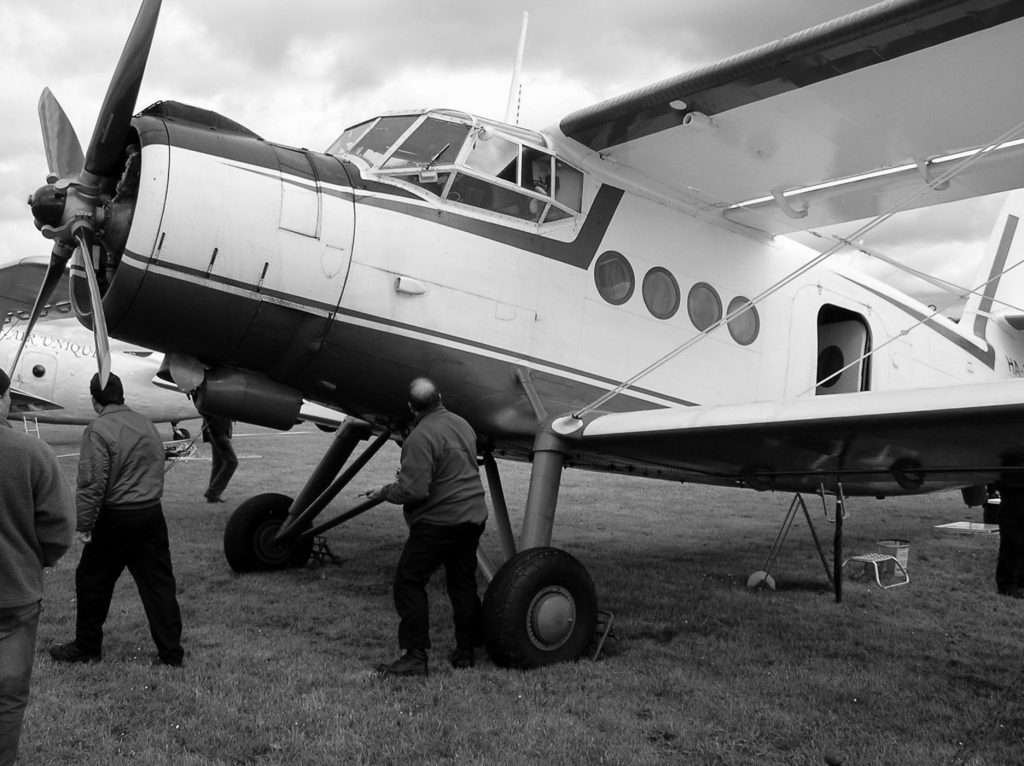
The fears I had riding that bus through the Sierra Maestra mountains suddenly seemed like nothing. As we boarded the old aeroplane, my prayer life was immediately accelerated. Nonetheless, we stared death in the face by joking and bouncing our way across the Cuban skies from Baracoa to Havana. We then spent three days in Havana, with a quick side trip to Cojímar, before flying back to the United States.
La felicidad y la vitalidad
One morning in Holguin, I decided to take a walk and explore. As I turned a corner, I spotted a man reading a morning paper sitting on his stoop. I immediately clicked the shutter, only to realize an instant later that the man had only one leg.
Later, I saw two men playing chess. It was my first realisation that the tragedy of Cuba is that while its people are well educated, there is unfortunately very little work for them.
During lunch at a local restaurant, as I was walking from the dining area to the restroom. As I passed by the kitchen, I peered through the open door and saw an elderly woman standing at a sink, happily washing utensils and humming a joyful tune.
Later that the afternoon, I spotted one of the many bicycle taxis, busy hauling residents from one location to another in Holguin. The common denominator I noticed right out of the gate was that despite less than desirable living conditions, the Cuban people possessed an inner joy and contentment that defied their circumstances.
Fiscally poor but emotionally rich
Many Cubans struggle to find a job. The major industries in Cuba are tobacco, sugar, and nickel production, as well as tourism. But those industries do not create enough decent paying jobs to prevent widespread poverty, even though Cubans have excellent educations for the most part. It is not uncommon to see men of all ages sitting and smoking, with nothing to do.
I observed that people in Cuba are incredibly social, and this was quite evident in Santiago de Cuba. Local restaurants with outdoor tables are common. In those places, I could see the Cuban people had an extraordinary appreciation for their friends and family and a zest for life. Dogs are a constant part of the Cuban landscape, and wherever there were people, there were dogs. And for the most part, it seemed like the dogs were always sleepy.
A photographer’s dream
The natural light in Cuba was spectacular – a photographer’s dream. One morning, I was standing on an old stone path enjoying a cup of coffee. The lush Cuban vegetation was rhythmically swaying from a gentle breeze, and I heard a scratching sound that raised my curiosity.
I stepped around a corner and there in the morning light was a Cuban woman with a headscarf on. She was sweeping the stone pathway, with a simple broom made from weeds bound tightly together. Behind her a chicken was clucking, and prancing aimlessly, as chickens do.
It was a magical scene bathed in spectacular light. I quietly and quickly framed the scene and clicked the shutter. The shutter sound of the M rangefinder was so quiet that I remained an anonymous observer.
Sensory riches
Speaking of coffee, I had my share of great coffee in Cuba. Our group of photographers visited a shop in Santiago de Cuba that specialized in coffee and cigars. In the dim light, I was able to capture two ladies wearing red and white polka dot headscarves carefully pouring hot water over the ground coffee beans.
The steam from the hot water rose upwards, and the women were a picture of concentration. The smell of fresh coffee and tobacco permeated the space, and I can still remember the sweet scents.
Respecting the game
Domino games along the streets were a frequent sight. Often the men playing would be surrounded by a hoard of observers gathered tightly around the men sitting at the table. One day, I saw four men playing dominoes all alone. Their table was positioned on a very narrow pavement, with three of the chairs on the pavement (or sidewalk if you are in America) and one sitting in the street.
I quietly squatted down and composed the scene. Just before I was ready to make the photograph, two of the men noticed me. Realizing I had been spotted, I paused briefly to see what would happen. When I felt the moment was right, I pushed the shutter.
Love and joy
Baracoa is a beautiful seaside city and became one of my favourite places in all of Cuba. I spent time talking to a mother and her young daughter as they were sitting on their patio facing the sea. As we chatted, I made a portrait of them. The young girl’s face is filled with youthful joy and innocence, and her mother’s love for her daughter can be easily noticed in her expression.
Perception vs reality?
As I took this moment in fully, I paused to think about how some Americans, who have never been to Cuba, have ideas and opinions about Cubans that are negative and so wrong. I talked to two men, one sitting on a step outside the front door of their home, and another man sitting just inside the door in a chair. The man inside was a bit suspicious of me, but the man on the step was open and chatty.
As we talked, he asked me, “how can Americans sit idly by and watch their children continue to be slaughtered with assault rifles in your elementary schools”? The question made me feel ashamed to be an American at that moment. I replied softly, “it’s impossible for me to explain, but I can tell you it breaks my heart”.
What we have in common
He looked at me, and then smiled and said, “you know, son, if it wasn’t for the governments of the world, who do nothing but make wars and cause strife, your people, and our people would be friends because common people are just common people, all over the world”. I wanted to hug him, and I thought how much truth and wisdom there was in his words.
In the afternoon, I walked past the open window of an elementary school in Baracoa. I immediately remembered the man’s question about American elementary schools. Two children and a teacher peered out at me. As I made my photograph, my eyes were rapidly filling with tears.
The importance of the three “F’s”
As the sun began to fade from the sky one evening in Baracoa, I spotted a man riding his bicycle in the street, just a block from a local church. I remembered an earlier discussion on the town square with a man who said that in Cuba, the things that were important are family, friends, and faith.
Havana time-warp
Havana was a city unlike any other city I have ever experienced. The once-grand architecture, even in its current condition, is breathtaking. But more breathtaking for me than the architecture or the iconic cars was the overall vibe of the Cuban people. They live their lives to the fullest, day by day, in much less than desirable conditions.
My days in Havana were filled with interactions with local Cubans and trying to absorb and document all that my eyes were seeing. There were photographs to be made in every direction, but I held true to my commitment to do my best to capture the daily life of a Cuban and to not succumb to making “tourist” photographs.
An unforgettable Havana
In a fortunate moment, I walked into a scene that in my mind captured the essence of Havana. On a cobblestone street, there was a 1954 Chevy Bel-Air parked at the curb, and on both sides of the narrow street multi-story buildings rose upwards, making the street feel like it was at the bottom of a canyon. The buildings had the classic ornate cut stone architecture and wrought iron that is emblematic of Havana.
But the essence of the scene was a beautiful Cuban woman, standing in a pose that looked like a photograph William Klein would have made in his magical days as a fashion photographer in Paris and New York City. A gull floated slowly overhead, adding an exclamation point to a laid-back scene that is so perfectly “Havana”.
After I made this photograph, I simply stood quietly and became part of the moment. This photograph became a cover photograph for Leica Society International’s Viewfinder Magazine, perhaps because it does show an honest depiction of the beauty of daily life in Havana.
The light that connects us
One afternoon Dan Tamarkin and I were wandering through the streets of Havana and as we walked along chatting and interacting with the locals, we suddenly spotted a scene that stopped us in our tracks. A father and son were standing in an alcove deep inside a building whose façade opened onto the street. Natural light was filtering in from the open roof above the alcove.
The father was teaching his son how to box. Both Dan and I immediately started capturing the moment. After both of us had made a myriad of photographs of the moment, we stepped back, looked at one another, and smiled in amazement at the scene we were so fortunate to have witnessed.
Cinematic memories
On another day, while out walking alone, I came across three men standing next to a doorway. The morning light was casting deep shadows in the doorway, while creating magical shards of light and shadow along the street. A man clutching his cane under his right arm, wearing a safari hat with the brim turned up on the sides, was carefully studying a small notebook.
The sunlight reflected off his wire-rim eyeglasses, making them stand out on his face. The two men with him seemed to be waiting anxiously for him to interpret something in the notebook. This moment was another example of scenes that are common in Havana, where light and shadows create cinematic moments throughout the day.
The making of friendships
As our time in Havana began to wind down, I realized I had made friends with people in our travel group that would last a lifetime. As we were all walking together along a street filled with locals going about their day, I captured my friends just behind a Cuban lady holding an umbrella to keep the hot sun out of her face.
She seemed lost in her thoughts. The layers of the scene unfolded in a way that painted a dramatic representation of what it was like for us to be a part of life in Havana. At that moment, I knew I would always remember how wonderful it was to be in Cuba.
Small acts of kindness
At the end of our time in Cuba, I was able to take a photograph of something I had witnessed my friend Dan Tamarkin doing throughout our time in Cuba. In his camera bag, he kept a stash of treats for kids he would encounter – candy, gum, and trinkets.
He would engage the parents and the kids with his famous grin – a grin that customers and Leica Camera aficionados know so well. As he would reach into his bag, the faces of the kids would light up, just like Dan’s face. I realized this is precisely what needs to be happening all over the world. Small acts of kindness that mean much more than we likely realize.
It was a fitting way to remember my days in Cuba. Real Cuba. Where people’s lives are built around family, friends, and faith. And a place where joy abounds in difficult circumstances. I had seen and captured exactly what I set out to do.
| More: | |
| James Rice on Macfilos | James Rice |
| A personal view of the M 240 and M 246 on Macfilos | A brief summary of Cuba on Wikipedia |
Make a donation to help with our running costs
Did you know that Macfilos is run by five photography enthusiasts based in the UK, USA and Europe? We cover all the substantial costs of running the site, and we do not carry advertising because it spoils readers’ enjoyment. Every amount, however small, will be appreciated, and we will write to acknowledge your generosity.

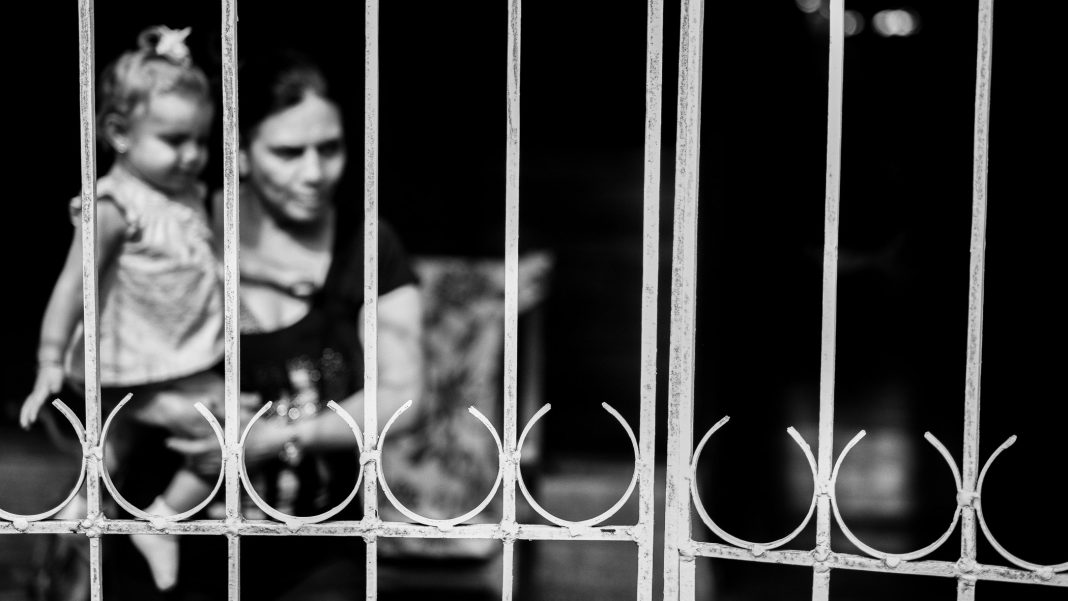
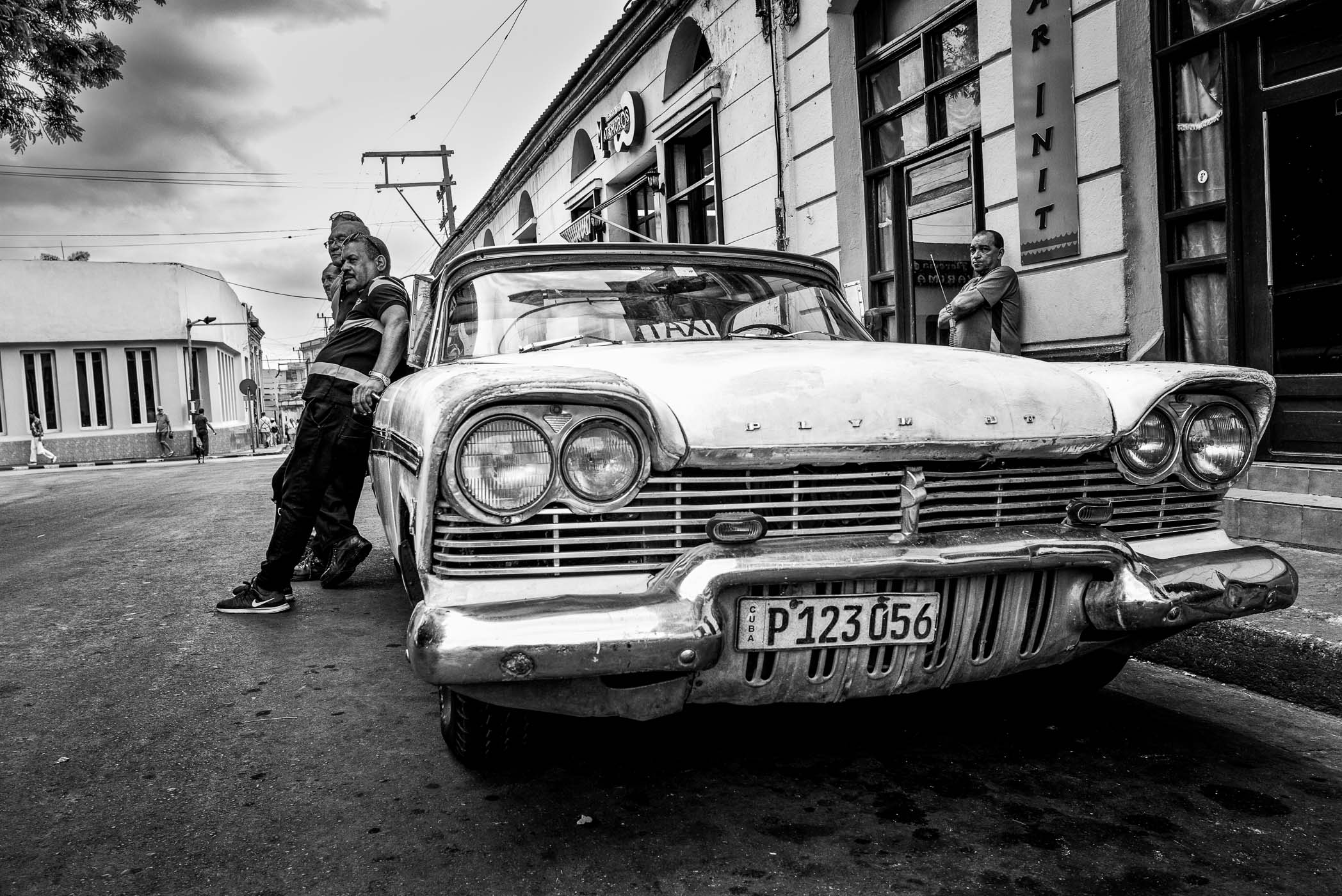



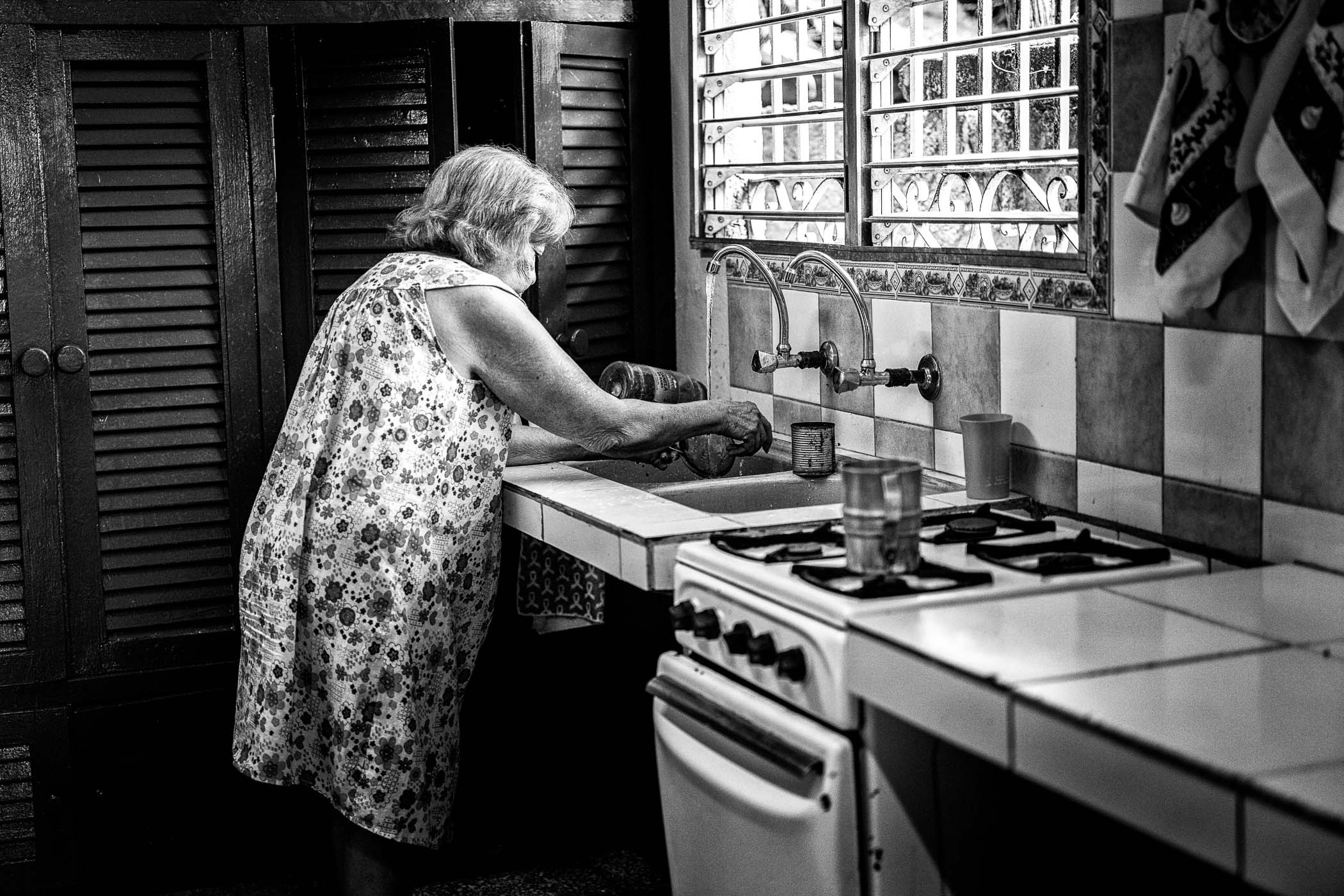
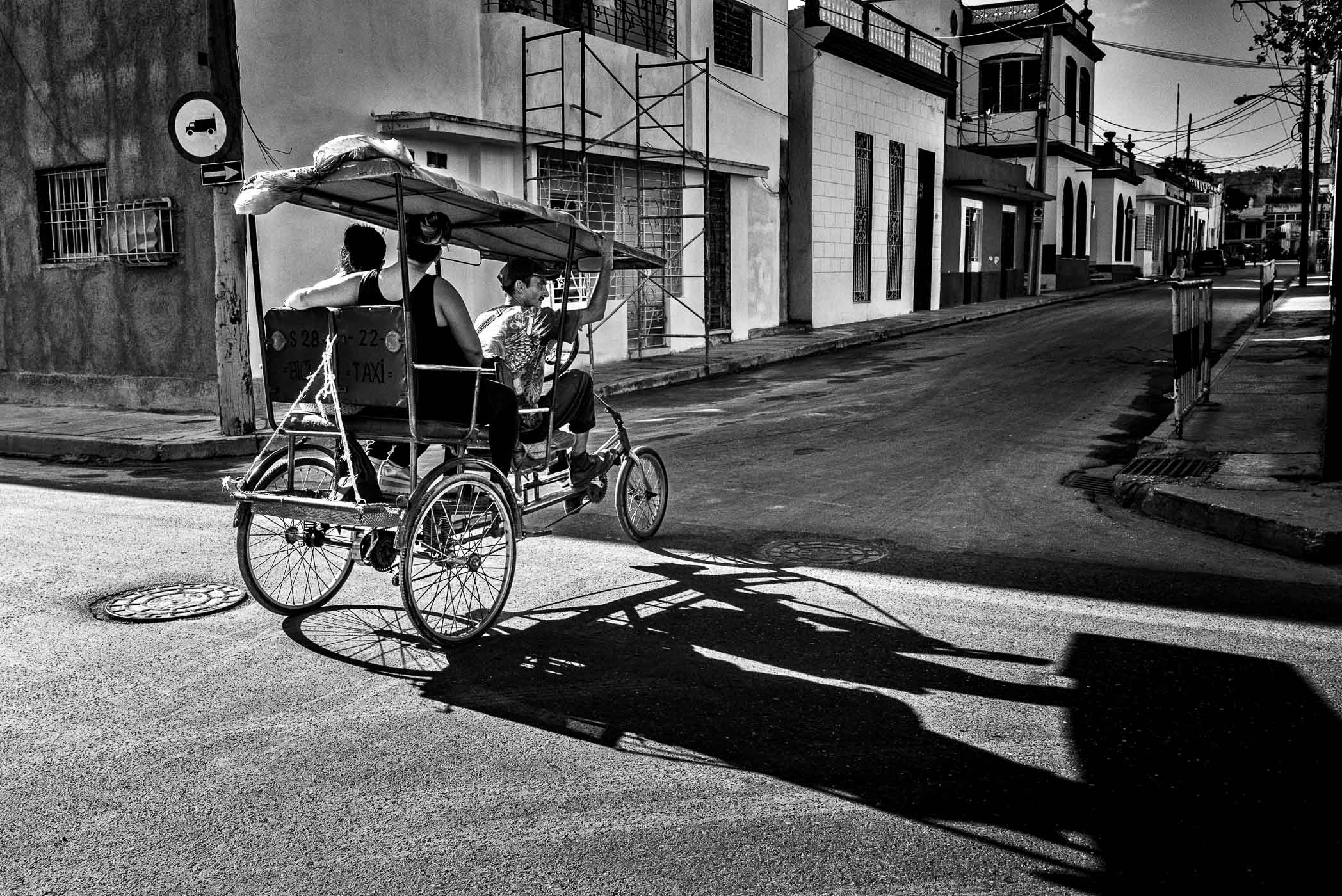
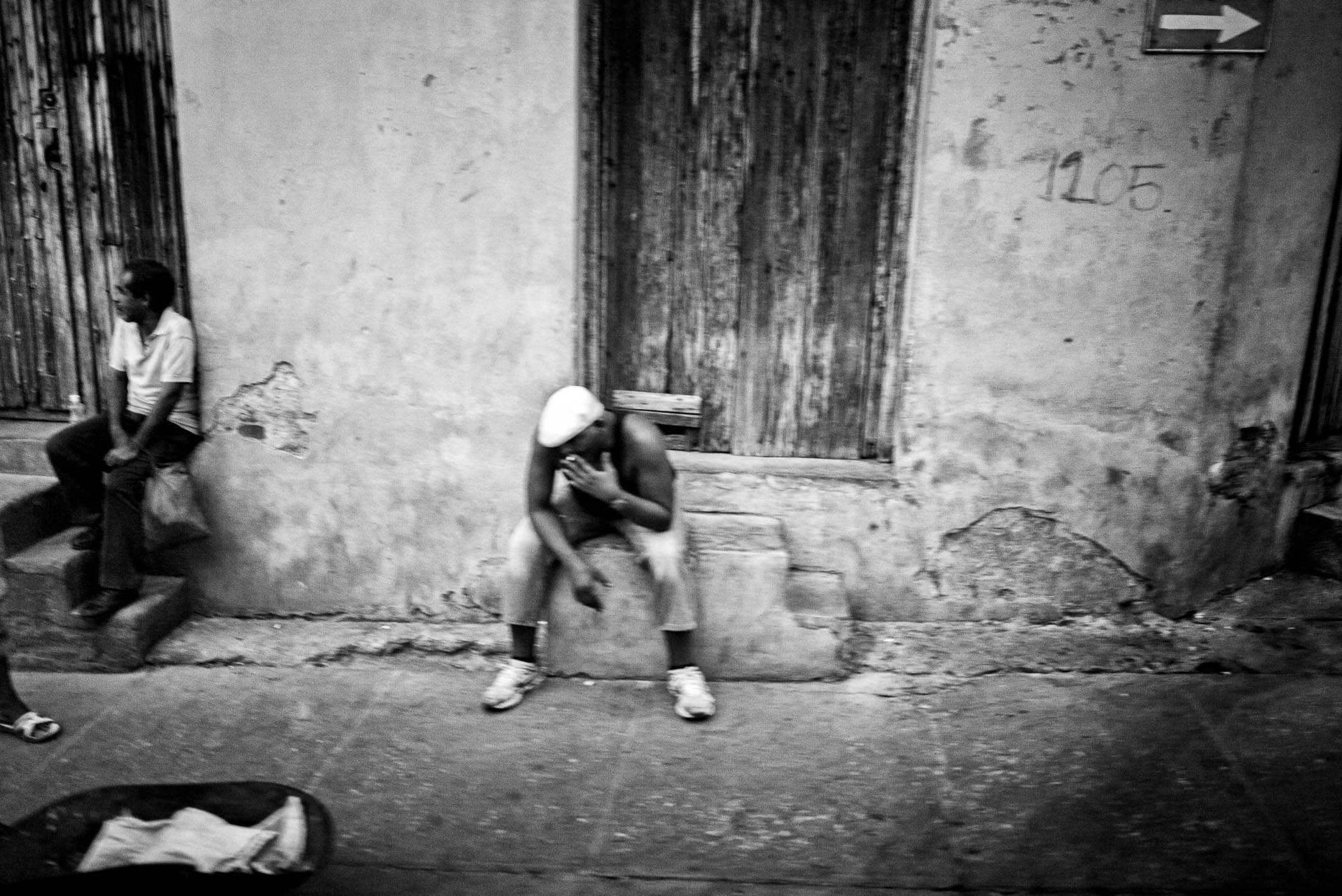



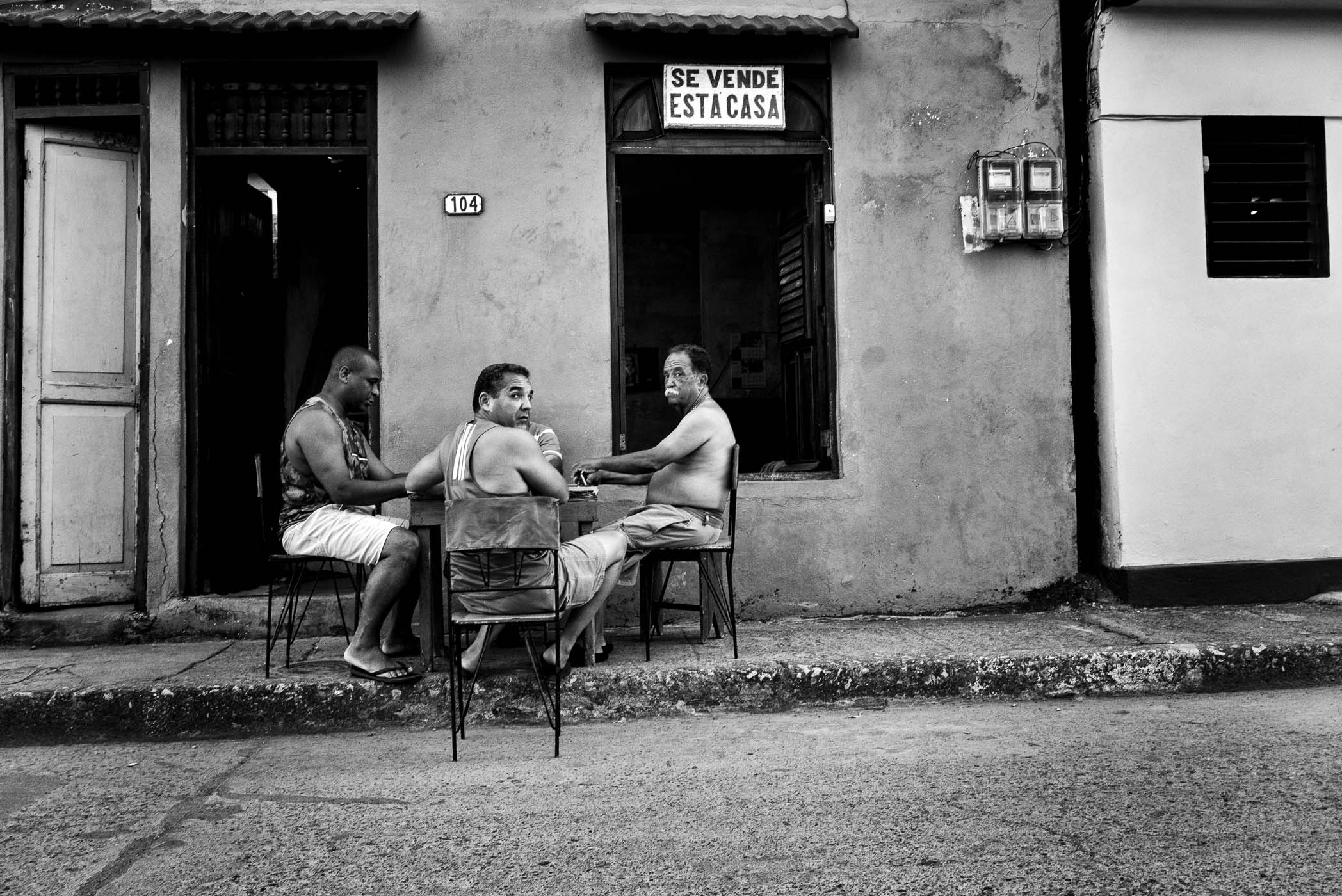
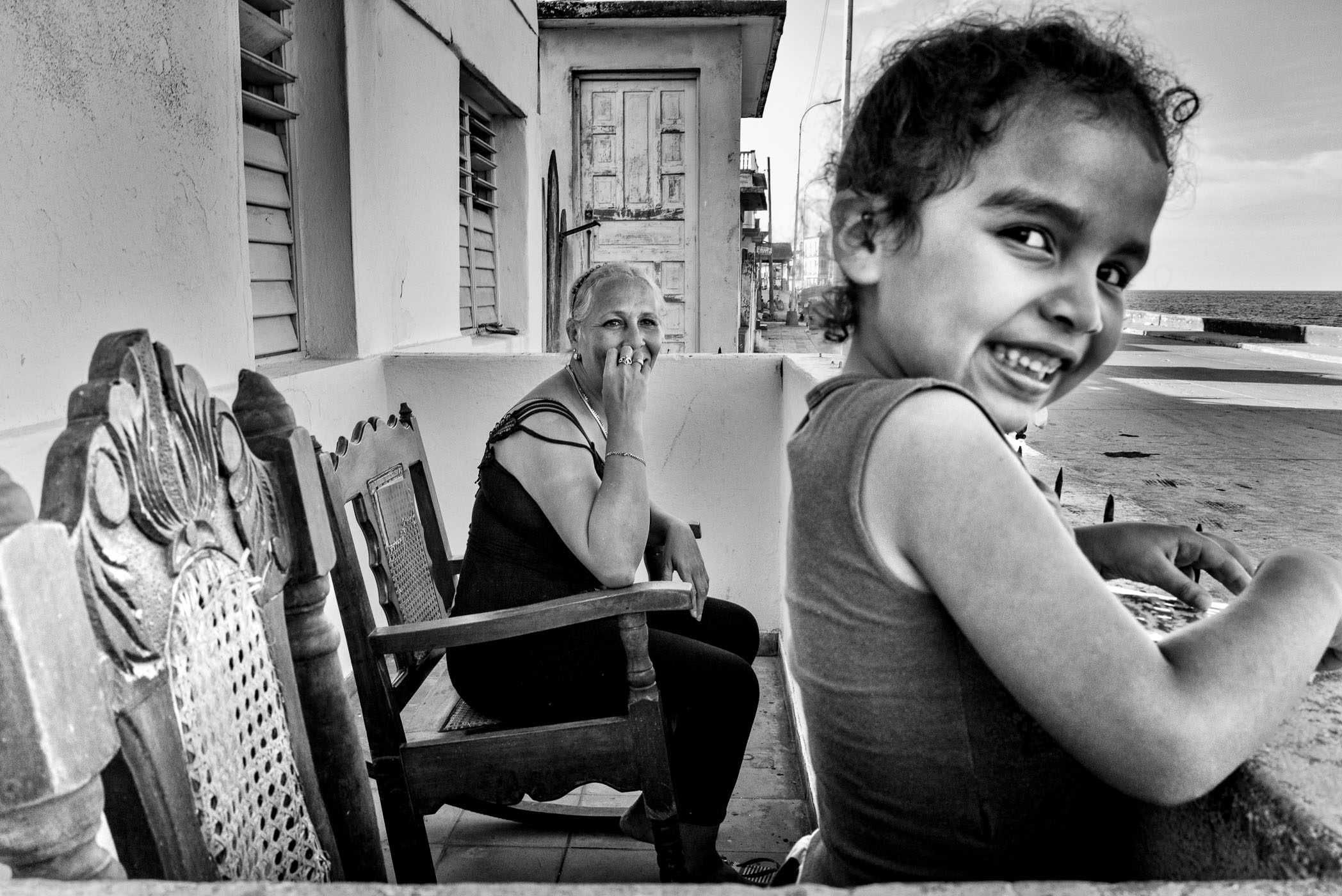
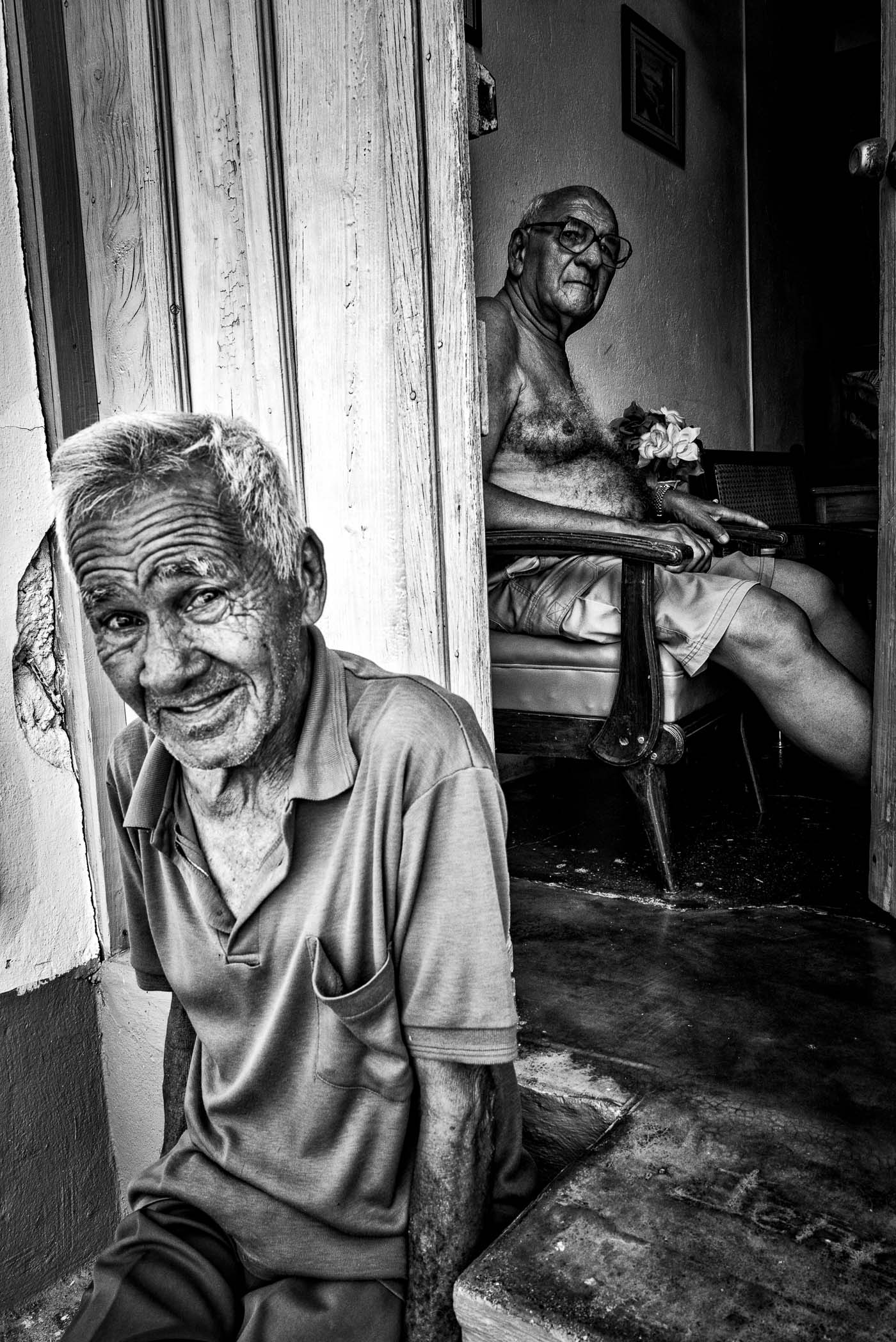






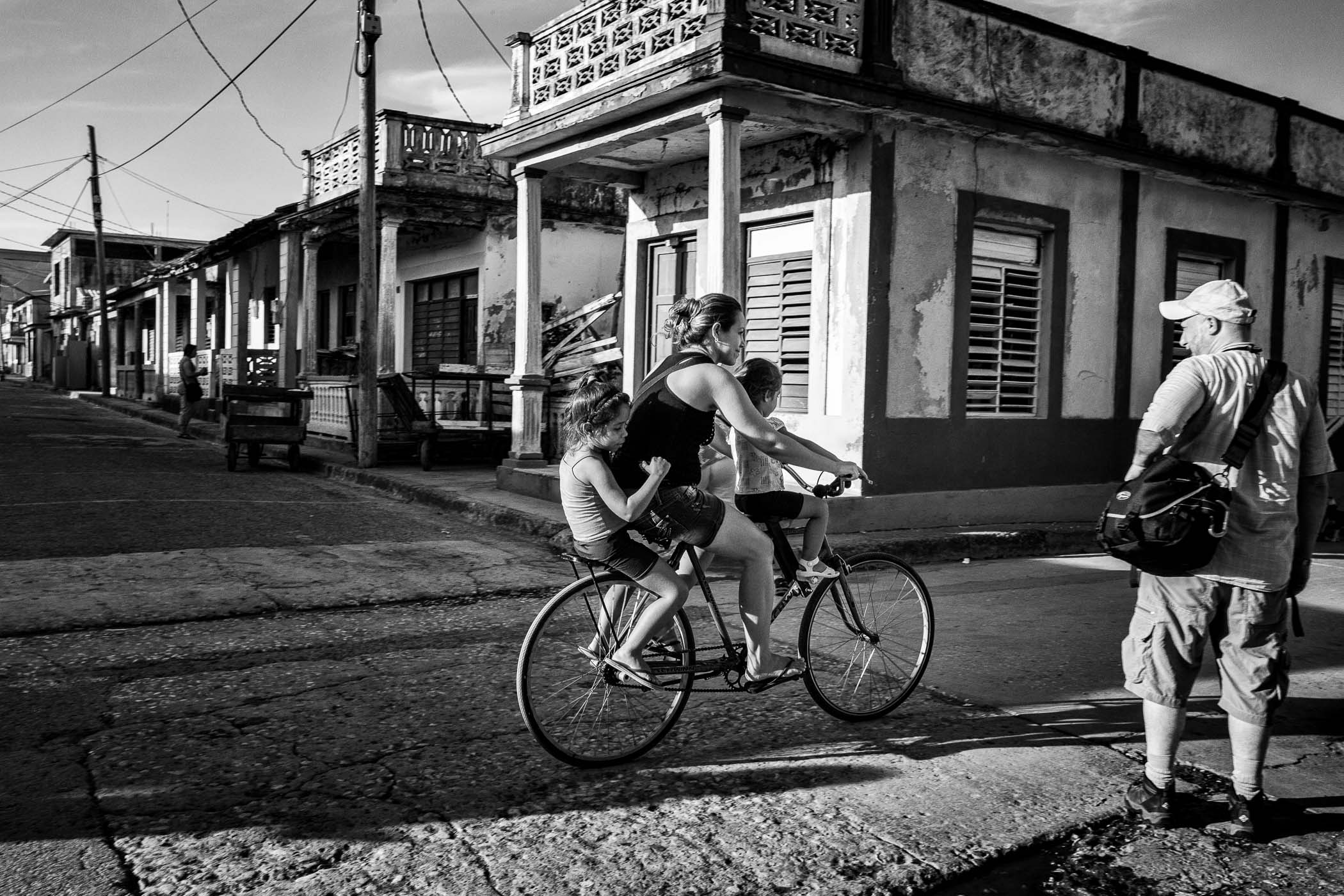
It’s amazing that you brought Baracoa, Cuba. All though I’ve been to Cuba 3 times, my upcoming visit in February 2026 will be quiet different. I plan to be a Cuban in Baracoa. I like the 3fs of Cuban culture. I did discover in my past trip’s to Cuba, how content the people are. Must be something in the water and the ☀️. I have no other explanation. I wish the whole world was one big Cuba. Viva la Cuba.☀️❤️😎
Viva la Cuba!
Cuban people are wonderful and friendly, it got nothing to do with over a 1200 that were incarcerated just for protest, Cuban don’t deserve a government that you are not allowed to have a free opinion, beautiful article.
Thanks Jose.
Absolutely beautiful and well said ❤️
I will go and visit the real Cuba. Its my dream. I will share your story. The moments and pictures you captured.
Sonia Sanchez. Ontario Canada 🇨🇦 ♥️
Thank you Sonia for the kind words. You will enjoy Cuba.
Thank you for focusing on the positive in a country so filled with sadness. I also think that to talk about the “Real Cuba”, other things need to be mentioned:
– 30 hrs blackout
– prison for talking againt the government
– famine
– lack of medications in every “government” pharmacy
– Nostalgy and sadness for missing close family members
– 7 yrs in prison for killing your own cow to feed your family
This is the real Cuba I lived for 25 years.
Ray,
I certainly agree with you. Those things you mention were what I was referring to when I noted that Cubans live in difficult circumstances. I am amazed at the determination and persistence of the people I met while in Cuba.
This is wonderful; what you describe is so vivid. i loved reading your piece. Your pictures are delightful, beautiful. You must be using an amazing camera!
Thanks for this!
Jane Tamarkin
Jane,
Thanks so much. You might be familiar with the place I purchased my Leicas…..
Beautiful article. I traveled to the “Real” Havana 12 times over 10 years. I had what I called my Cuban Family. They lived in very poor condition in Centro, yet Always Happy and making the Best of each day. Got to experience what they did to Live, Love and Survive the situations. You did capture the Real Cuba in your photos. Mucho Gracias
Thanks Steve. It means a lot to hear you say I captured an authentic depiction of Cuba.
You are correct .it is so great to visit Havana and meet the locals.my husband and I have been several times to Cuba.our day in Havana was amazing.we took many things with us.my husband went into a small schoolhouse and gave all the children pencils,pads of paper and of course chocolate bars and candy.I gave many lipsticks to the women I met on the streets,and sitting in front of their homes.all Cubans are very friendly,and seem happy with very little.my husband has passed now,but I will still visit Cuba,it’s a wonderful wonderful place.
Thank you for the way you see Cuba I was brought to. USA in 1966 next February is going to be 60 years we came from Habana don’t remember much but I enjoy the way you think about Cuba zI never been back I will like to go but I am kind of afraid
Virginia,
I wish you could go back and visit as well. It would likely be a very moving experience for you.
Congratulations on the beauty you saw for the short moments you spent in each place. Reality is…the cuban people no longer have hope but live daily with despair. Worry of how their going to survive say the least without the bare human essentials. No electricity, no water, no food, no medicine, no healthcare, no bodecas providing the little basic necessities to survive till the next month (by the way they need to pay) as help is not free. No foodbanks like the rest of the world has access too. No transportation to or from their jobs or work of waterever is available to try to put food on the table. No petroleum, hospitals failing as all good doctors have left. Schools reduced to 1/2 days for primary grades and 2 days per week for secondary students. Lack of teachers and education.Pensions for those who recieve it is $1700 pesos per month. Not enough to buy a pack of chicken that cost $4000 cup or more. Leaving them literally starving as its chicken or rice whichever is cheaper? An overspill of garbage on every street corner in every small town and city throughout the island. No access to a happy existence, yet fear of dying amongst the thousands whom have perished. Realistically they have lost hope. They currently are dealing with over 10 different highly contagious or mosquito borne viruses consuming their everyday existence. Leaving them with chronic side effects of rheumatoid arthritis or dead. If they survive they look and walk like living zombies. These diseases have no age boundaries and children are affected as well. I’ve seen 1st had how this wonderful life, happy people are adapting to their so called new hope and future. Realistically it’s heart breaking and tragic. Not happy and hopeful.
Well put.
My spouse grew up in dire poverty. You do your best to survive, and, even if you escape, the trauma is with you lifelong.
If I may add something . . . this isn’t only a political or third world issue … as the Irish know full well. But also immediately after the war (in the USA we call it WWII), many people in conquered countries also faced extremes. And fairly recent research shows these conditions affect following generations.
I travel to Cuba 2-3 times a year. I have made many friends. No matter what little they have, they still will insist I come to their home for dinner. I take with me what I can as necessities for them. After travelling to many countries, the Cuban people are the kindest and most resilient people I have ever encountered. I’m heading out again in a couple of weeks. I am a single woman and travel alone with no worries.❤️🇨🇦
Bravo!
Yes Cuban are well educated people and love deeply but there struggle is real
Very well said, Jennifer.
Political comments
I have had to delete several highly charged political comments following the publication of this article. While I understand the political situation in Cuba generates strong passions, there is no place for political comment on Macfilos. I’ve made this point numerous times in the past, not least in relation to US politics, and I must again emphasise that this is a photography magazine, not a political forum.
If you wish to air strong views, whether from the left or the right, please do so elsewhere. Any comments which move into the political arena will be deleted.
Mike Evans | Editor
Thank you for policing this group!
I think that the words that sum up the lives of the cuban people is ‘community spirit’, something that we in a mass market economy are lacking. Viva cuba..viva the revolution.
Thank you Victor.
Thank you for your sensitive, evocative appreciation of Cuba and her peoples. Your pictures and words are truthful, sincere, honest, perceiving the art and humanity in every street. I’m moved to get in touch as this work reminds me of my own early times as a young woman in Cuba. Decades and many visits later I respond to Cuban influences that shaped my direction of travel. Thank you too for including your settings for your pictures. The light in Cuba is, as you say, a photographer’s dream and we in England work hard to make images with what we have. I hope to hear more of you and your work.
Thanks for your kind words, Sylvie.
It warms my heart to read about this authors experience in Cuba. When I travel to Cuba it is just as he described.
Thanks Maria.
Yes people are people all over the world. It is tragic that cuba is destroyed and the people are hungry not only for food but for insight into the world. Tragically to them USA is the enemy. Those that are able to immigrate are challenged by another world. As for your comment on guns killing children in the US, ponder this.. hunger and disease, lack of info or a future is killing these children as well. Don’t drink the kool-aid. These people are communists, love castro..
Not all are communists but yes, the photographer forgot to mention the desperation that Cubans live day to day.
Gema,
Suffering is suffering anywhere in the world; whether it is children dying by gun violence in America or children starving in Cuba. My photo essay was focused on the goodness of the human beings living under difficult circumstances in Cuba. I did mention difficult circumstances and the resilience of the Cuban people. I never once wrote anything about the Cuban government.
I loved your article and pictures of my homeland, Cuba. My parents, my brother and I were lucky to arrive in the US via “The Freedom Flights. It is a very sad situation as all of my dad’s family were able to leave. All of my mom’s family is still in Cuba with the unfortunate living conditions, still under the same food rationing as when we left. I strongly believe that the embargo needs to be lifted, withstrict conditions set by the US. The Cuban Communist Party needs to respect the ordinary Cuban citizens and receive the same amount of everything that currently ONLY the Cuban Communist Regime receives. They are greedy and treat their citizens like sh1t!!!!!
To much lobbying by Cuban politicians and by the naturalized “old Cuban guards” living in Miami and not doing much to lift the embargo.
May God Bless every single Cuban citizen still in Cuba and suffering every single day.
Hoping for the best for your mother’s side of your family, Fiume.
I have visited Cuba 3 times, from Australia, first in 2016. I made great friends there, staying in cases particulars and with our guide who has become a lifelong friend. The second time I went in 2017, I was very keen to return, and 3 friends were keen to join me. They all loved to country and the people. When I went back again in that he would want to come because of his political views2019, one mate from the previous trip came again, as well as another friend who surprised me because of his political views, but he loved the place. Our 4th companion was an old friend, a muso from the USA, and he still talks about it. Thanks for your photographic perspective, i can’t match that with my phone camera, but still have great photos. My favourite is of 4 older guys busking in Trinidad Cuba. It’s a long way from Australia to Cuba, so we prefer to go around the world, via Europe in one direction, quite a contrast. The last time we came back via Machu Picchu, ticking of another bucket list item.
You’re fortunate to be able to visit Cuba several times.
I love Cuba and it’s people
Been vacationing there for quite some time now and still always want to go back
I guess it’s the people that make me wanna go back
And the beautiful beaches with some historical places to be seen
The Cubans are always so happy to help and assist you in any way not like other countries where there looking for hand outs
I love Cuba and it’s people
Been vacationing there for quite some time now and still always want to go back
I guess it’s the people that make me wanna go back
And the beautiful beaches with some historical places to be seen
The Cubans are always so happy to help and assist you in any way not like other countries where there looking for hand outs
Very well said, Luigi. The Cuban people are special.
Love your article and photos . I have traveled to Cuba many times over the past 10 years. The people in Cuba are very friendly and knowledgeable about thier country and thier history. I take soccer balls, ball gloves, bats and balls down with me. I like to travel off the resort and met the real people of Cuba.
Thanks Russ — your kindness is deeply moving.
Excellent article and pics. You have an incredible way with words, your writings are fabulous, and this is no exception. Well done.
Thanks so much, Chats!
I would like to thank MacFilos for publishing this photo essay. Also, my best to the many Cubans who continue to make the best of each day despite difficult circumstances. Your special beauty will always live in my heart.
I like both, your story and your pictures! Very impressive!
Thanks for you kind words, Ulrich.
What a wonderfully truthful article. As I was reading and enjoying your photography it reminded me of my personal experiences in Cuba. I have always shared those same feelings with my friends in Canada. And reading your article aroused all those emotions as though I was there. I’ve been blessed with the beauty of the Cuban landscape and culture. Not from a resort but within the city homes, rural and country farms. Enjoying the true spirit of cuba. Amazing piece you’ve put together.
Thanks David. The Cuban people are truly special.
I read the article with much curiosity and nostalgia, having been born in Havana and leaving shortly after the revolution. As a child uprooted from a society that cherished its time together as a family, it brought sadness to realiza that our family is now fragmented, and few of us still retain contact. One of the first things I noticed as a third grader here, was the emphasis the teacher placed on the individual. In Cuba we were the class. Perhaps that spirit of unity is what has kept the Cuban people able to withstand the adverse conditions we have been made to endure for more than 65 years. We still make jokes, we still like to laugh, we like to adorn our faces with smiles.
Heidi,
It’s an honor for me to know a Cuban native would take the time to read my story and that some positive memories would emerge.
Great images and nice story, thank you 🙂
Thank you so much, Michele.
Your gorgeous images brought back memories for me of growing up as a child in another comunist country, Romania. Your observation that friends, faith and family tied everyone together is spot on! Articles and images like this is why I love this site so much. Best, Virgil
Thank you Virgil. “Faith, family and friends” is something every nation on earth could benefit from.
Excellent images. I went to Cuba in 2014, also with an M 240, and 4 lenses, a 35mm Summilux, 50mm Summilux, a 75 APO, and a 21mm Super Elmar (for interiors). The Leica is the perfect camera for street shots in Cuba! All my images are in color. I have not converted them to monochrome, since the colors of old Havana were so beautiful.
Thanks for your kind words, Bill.